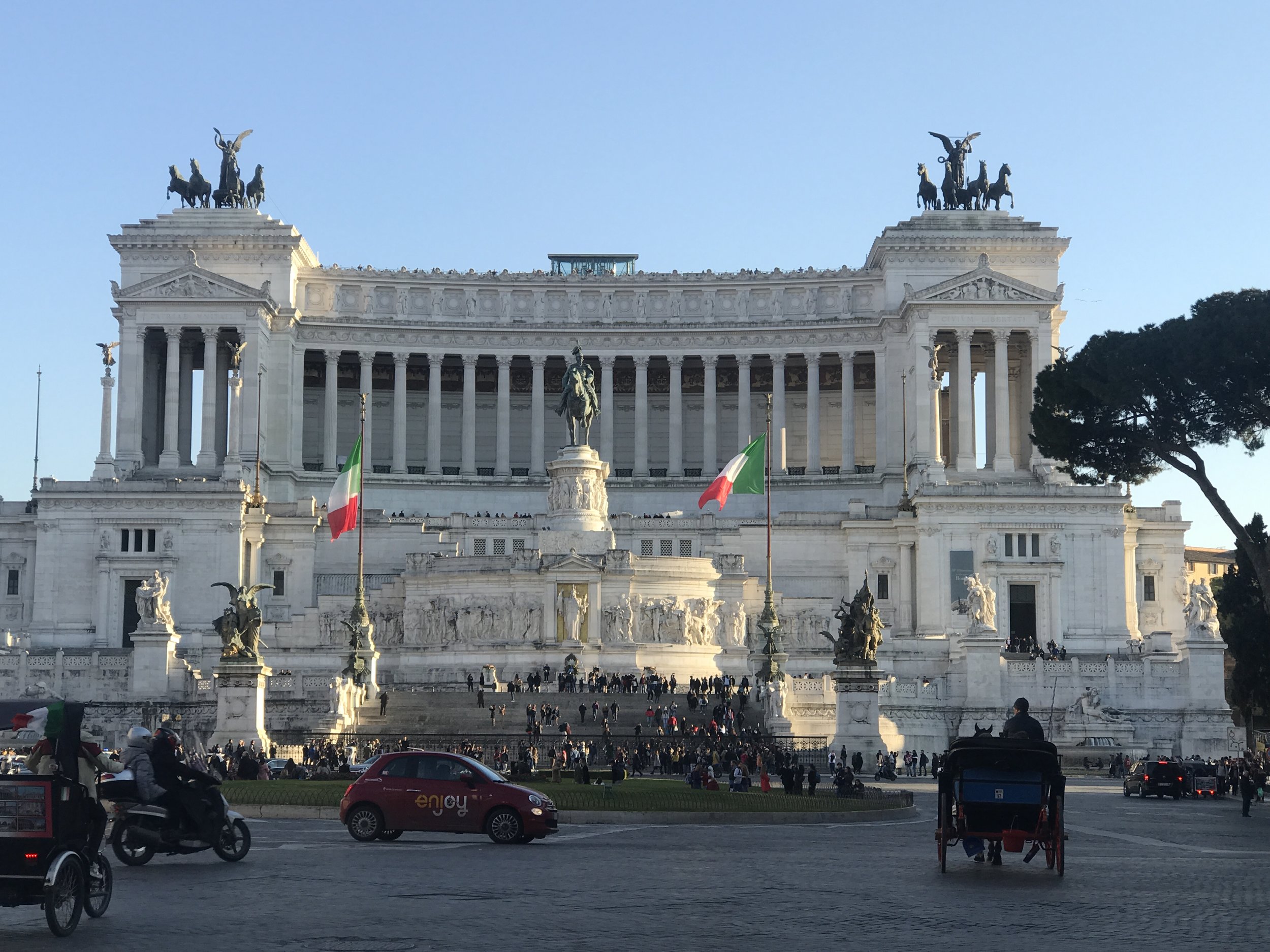Rome, The Eternal City
Rome was known as the Eternal City even among the ancient Romans themselves. It was so called because the Roman people thought that no matter what happened to the world, no matter how many other empires might rise and fall, Rome would go on forever.
We will start this walking tour of Rome at the Ponte (Bridge) Vittorio Emanuele II.

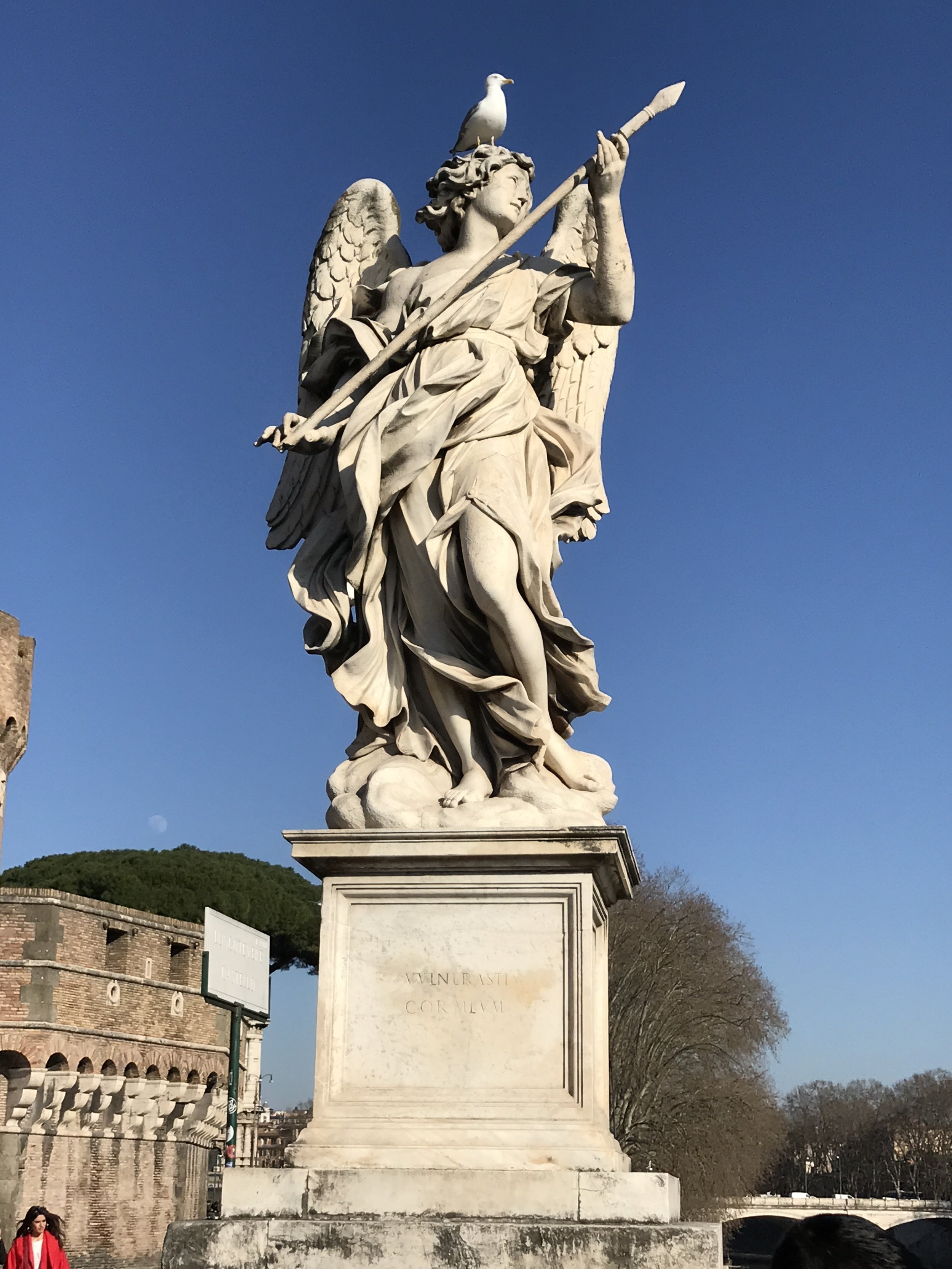
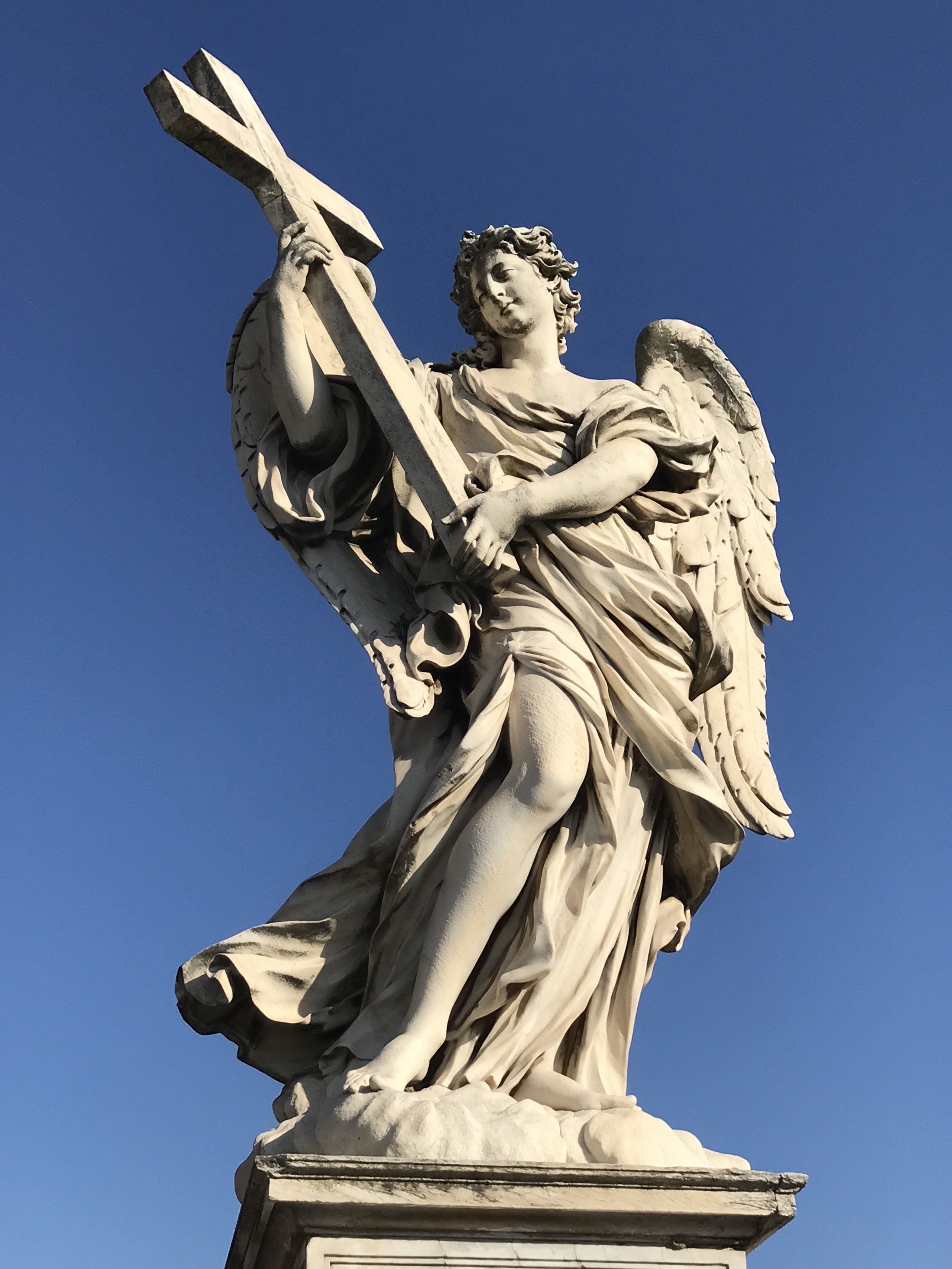
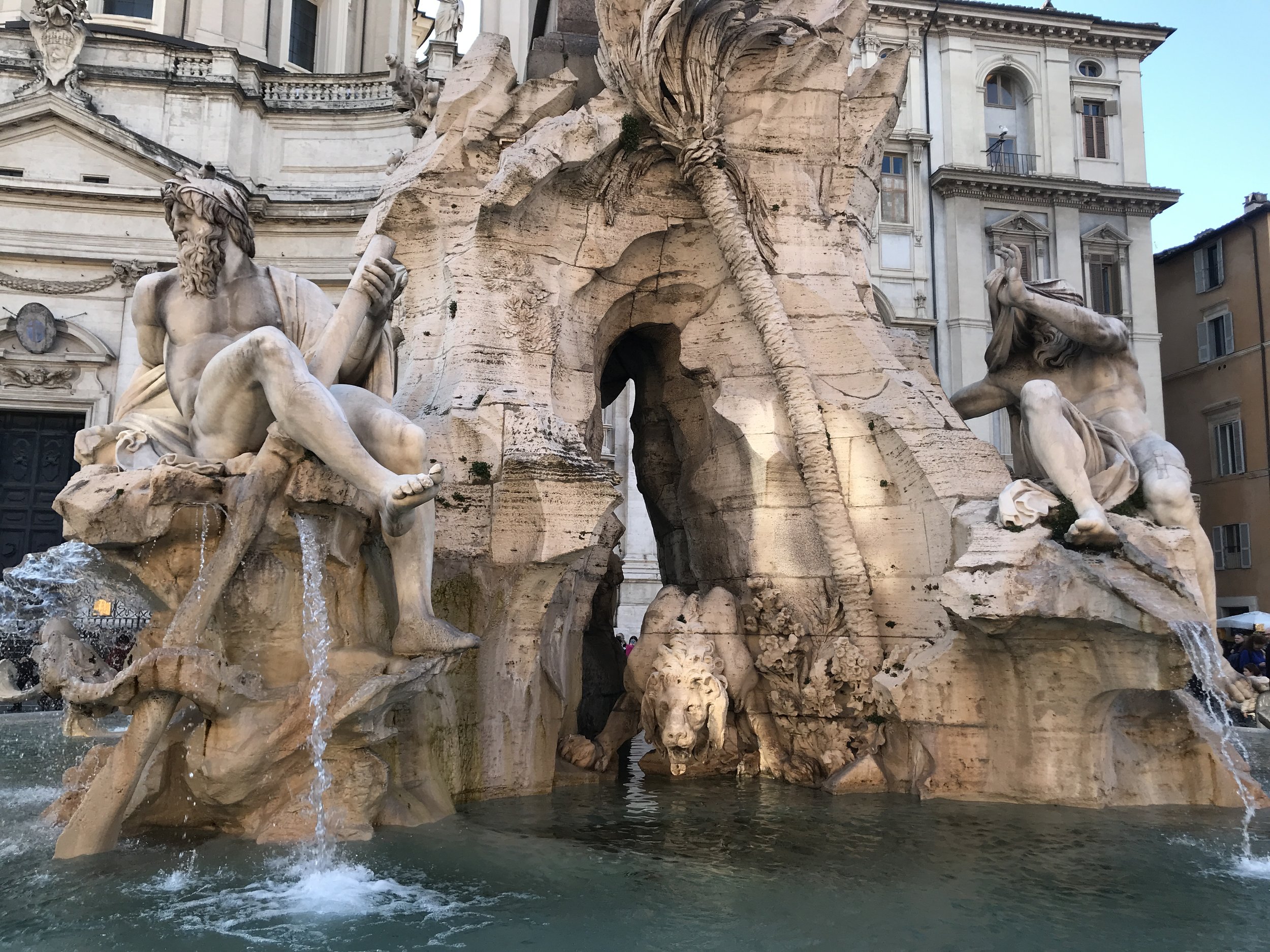
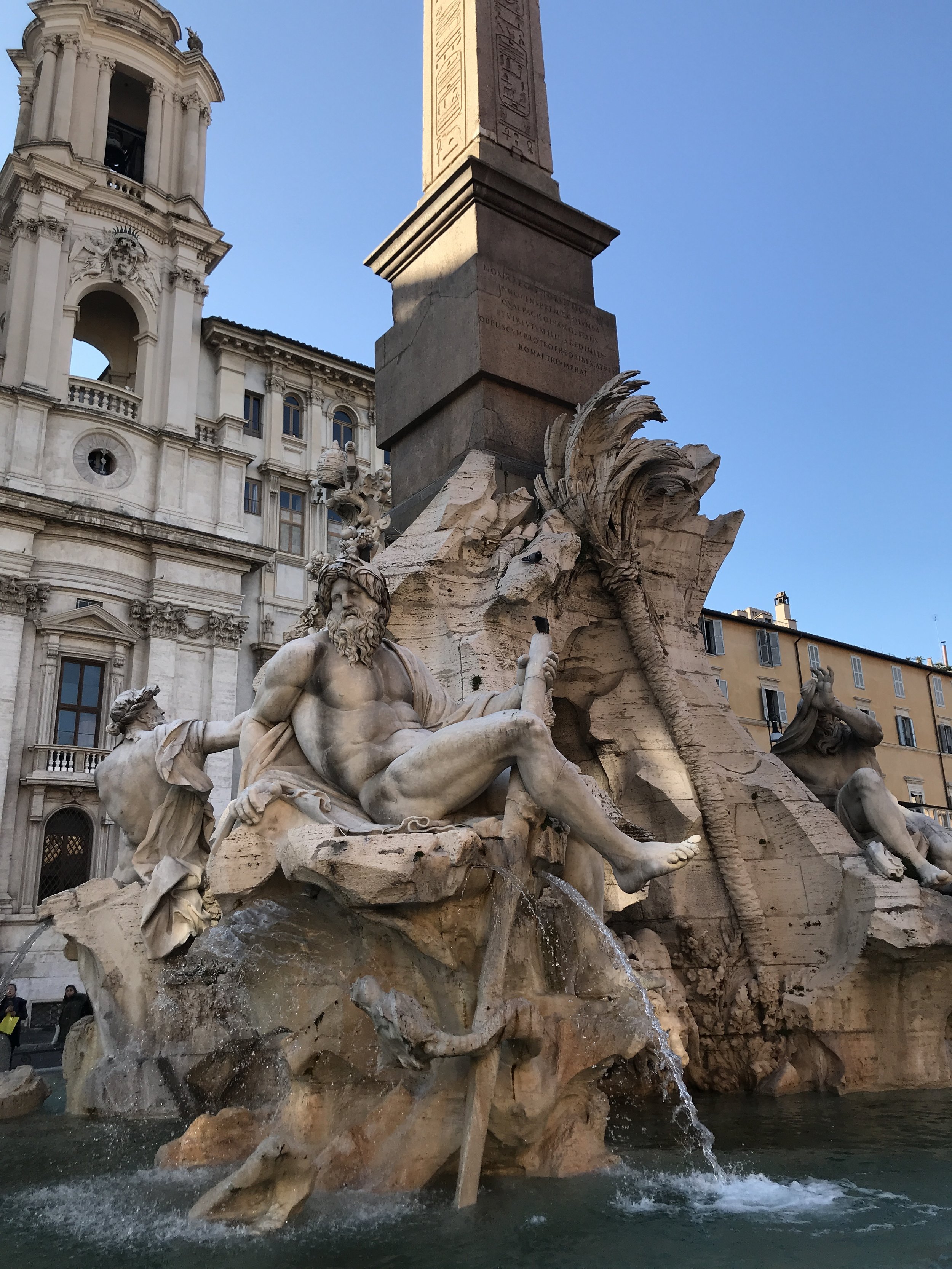
The Pantheon: The word Pantheon is a Greek adjective meaning “honor all Gods”. In fact the pantheon was first built as a temple to all gods. It is the best preserved Ancient Roman monument. Surprisingly, the exact composition of the material is still unknown and appears to be structurally similar to modern day concrete! Whatever the reasons are, the Pantheon is the only structure of its age and size that has successfully survived the damage of time and gravity, still intact with all its splendor and beauty. The exact age of the pantheon remains unknown.
The most fascinating part of the Pantheon is its giant dome, with its famous hole in the top, the eye of the Pantheon, or oculus. 7.8 meters/25 feet in diameter, is the only source of light and is the connection between the temple and the gods above. Rain occasionally fall through it, but the floor is slanted and drains the water, if it manages to hit the floor. In practice, rain seldom falls inside the dome.
The dome was the largest in the world for 1300 years and until today it remains the largest unsupported dome in the world! The diameter of the dome is 43.30 meters or 142ft (for comparison, the United States Capitol dome is 96 feet in diameter) and is in perfect proportion with the Pantheon by the fact that the distance from the floor to the top of the dome is exactly equal to its diameter
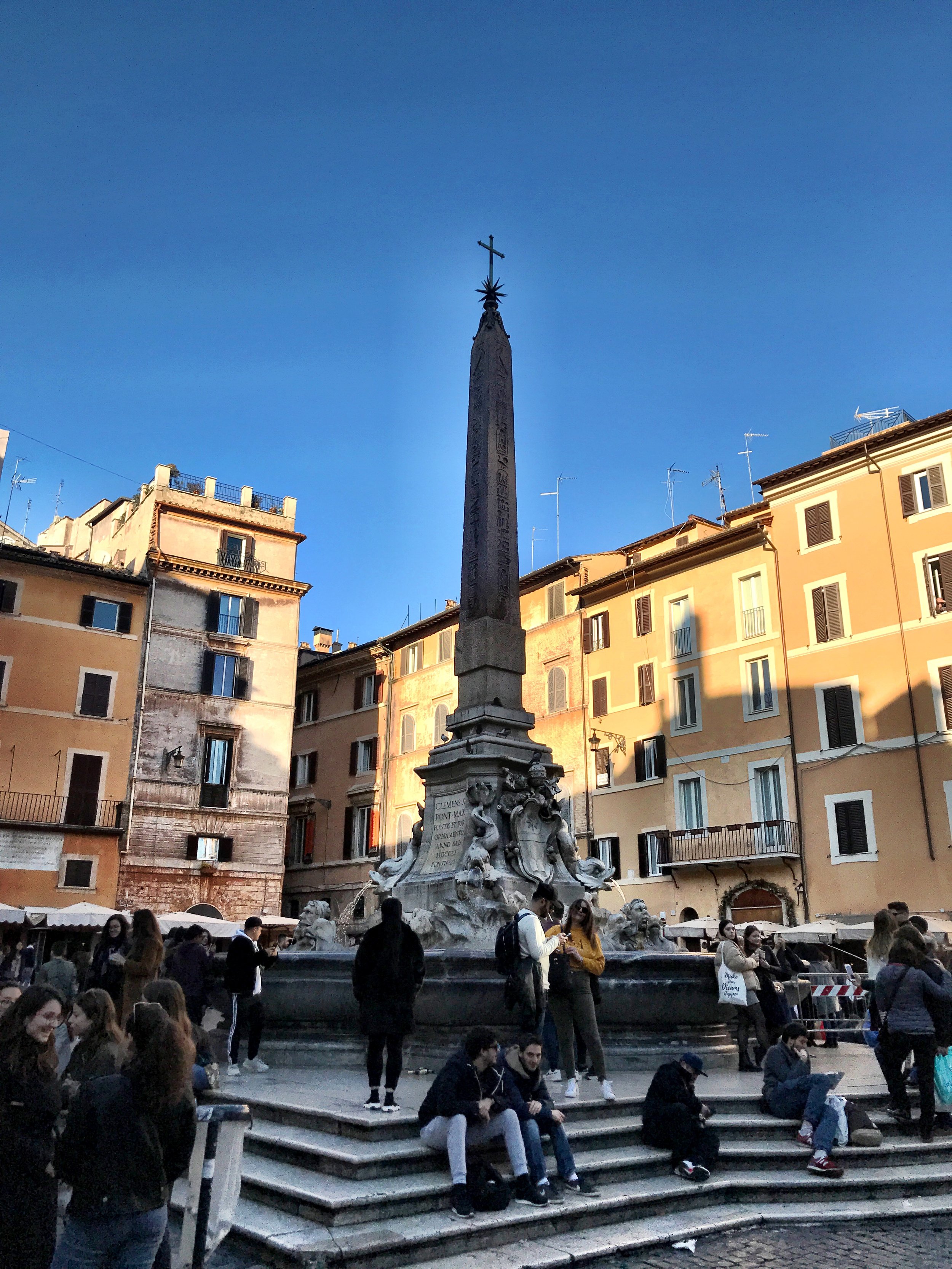

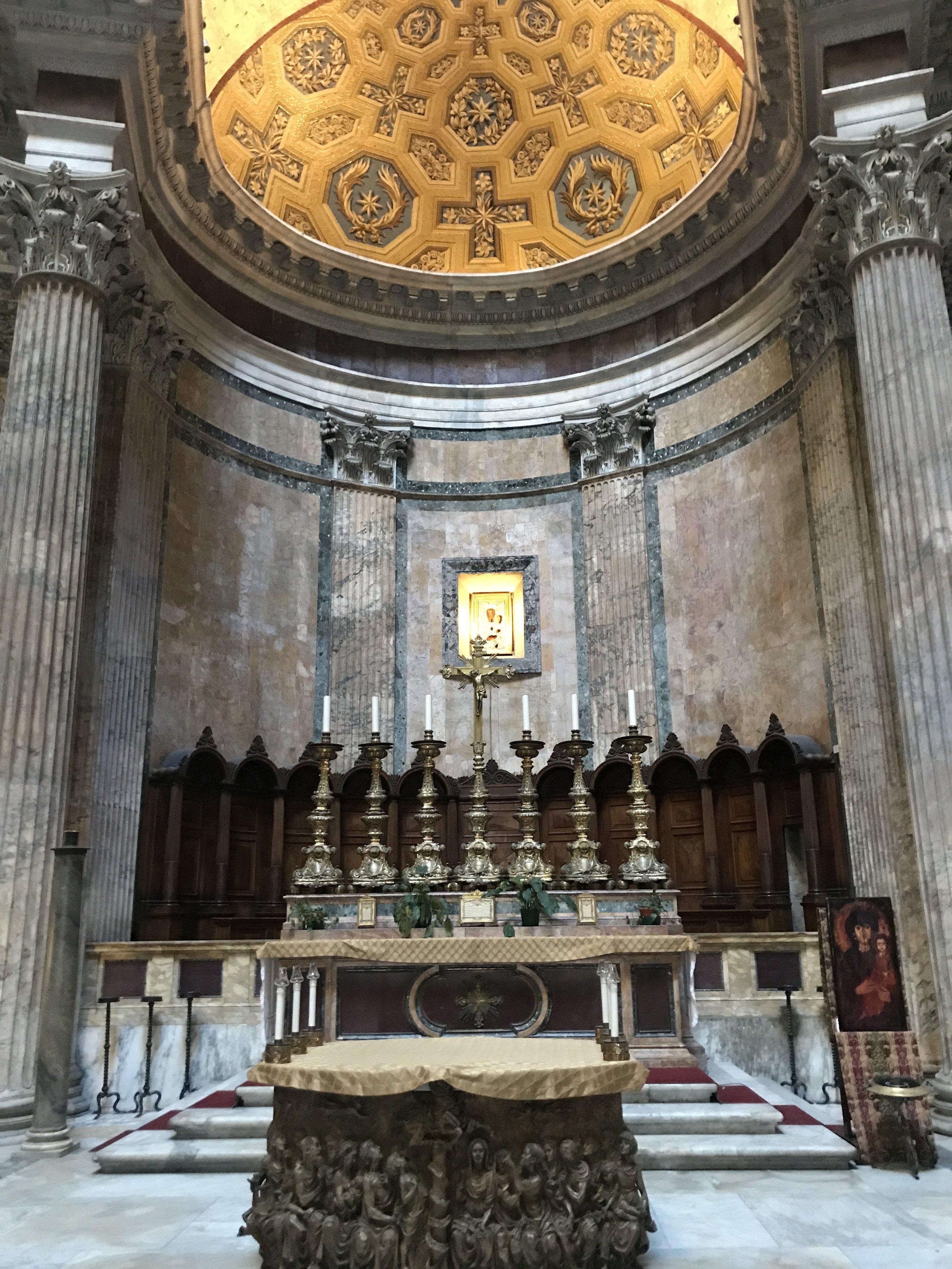
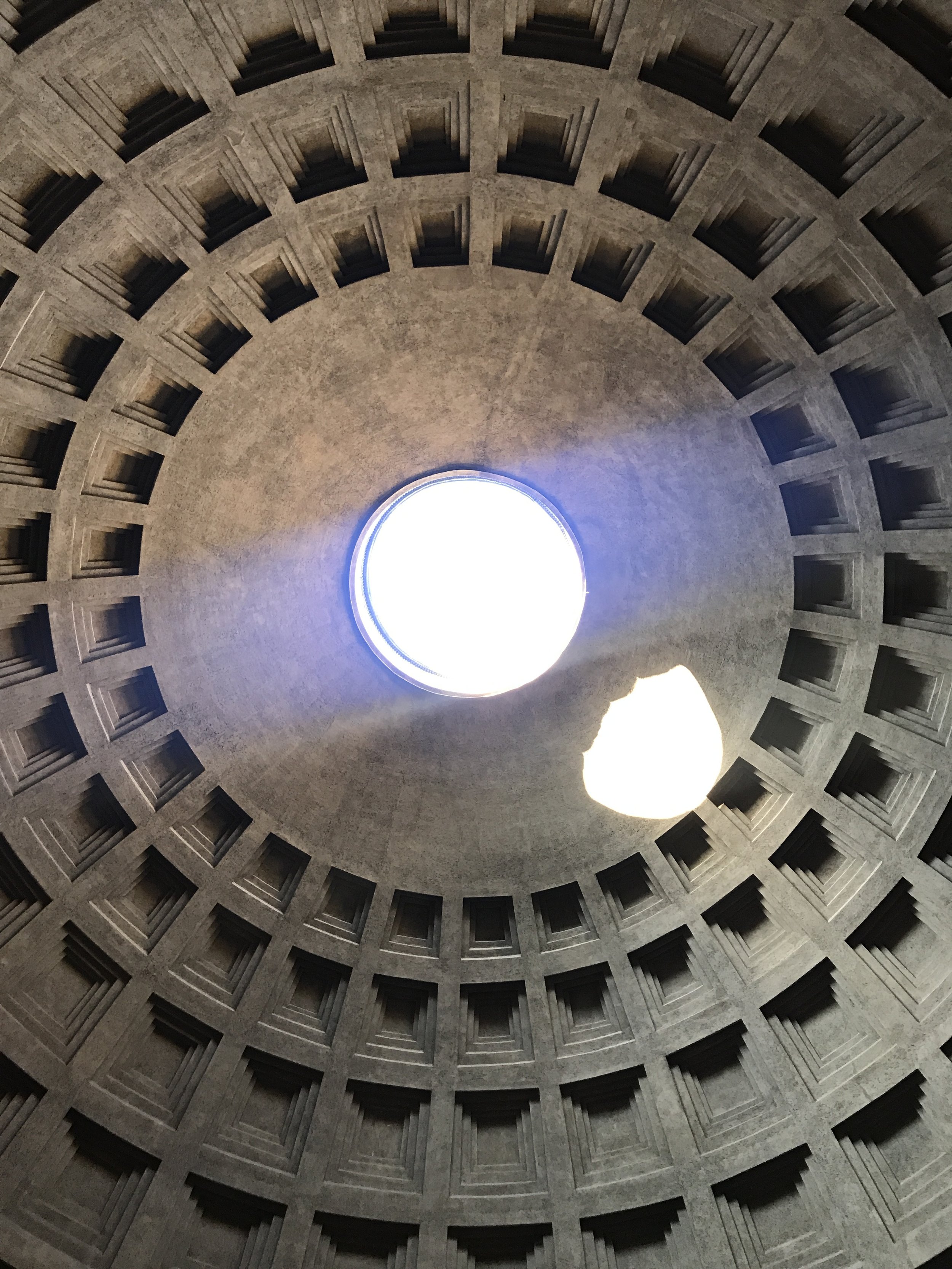
The Trevi Fountain is known as one of the most stunning fountains in the world. The fountain dates back to ancient Roman times, since the construction of the Aqua Virgo Aqueduct in 19 B.C. that provided water to the Roman baths and the fountains of central Rome. It’s said that the Aqua Virgo, or Virgin Waters, is named in honor of a young Roman girl who led thirsty soldiers to the source of the spring to drink.
The fountain was built at the end point of the aqueduct, at the junction of three roads. These three streets (tre vie) give the Trevi Fountain its name, the Three Street Fountain.
Roughly €3,000 is thrown into the fountain every day as people follow the tradition of throwing coins over their shoulders. The legend holds that a coin thrown into the fountain will ensure a return to Rome. This tradition also dates back to the ancient Romans who often threw coins in water to make the gods of water favor their journey or help them get back home safely. (Throw in a second coin if you’re seeking love – even a third for wedding bells!) The coins are collected every night and given to an Italian charity called Caritas. Caritas, in turn, use the money for a supermarket program giving rechargeable cards to Rome’s needy to help them get groceries.
Locals and travelers alike all call this building "The Wedding Cake" or "The Giant Typewriter," the Victory Monument to Vittorio Emanuele II is at the very center of Rome. Officially known as, the Monumento Nazionale a Vittorio Emanuele II (National Monument of Victor Emmanuel II) or Altare della Patria (Altar of the Fatherland) is a monument to honor the Italian unification and Vittorio Emanuele II – unified Italy’s first king. The monument, completed in 1935, is made of pure white marble and commonly known as Il Vittoriano.
The Forum was the beating heart of ancient Rome. Originally a swampy Etruscan burial ground, the site was drained in the 7th century BC and grew into a monumental demonstration of the power and splendour of the Empire. It was filled with grand temples, bustling marketplaces and imposing civic buildings.
The Temple of Saturn, recognizable by its eight surviving Ionic columns, is one of the Forum’s most iconic structures. Traditionally dated to 497 BC, the temple was dedicated to the god of wealth and held the Roman Republic’s reserves of gold and silver, as well as the state archives.


